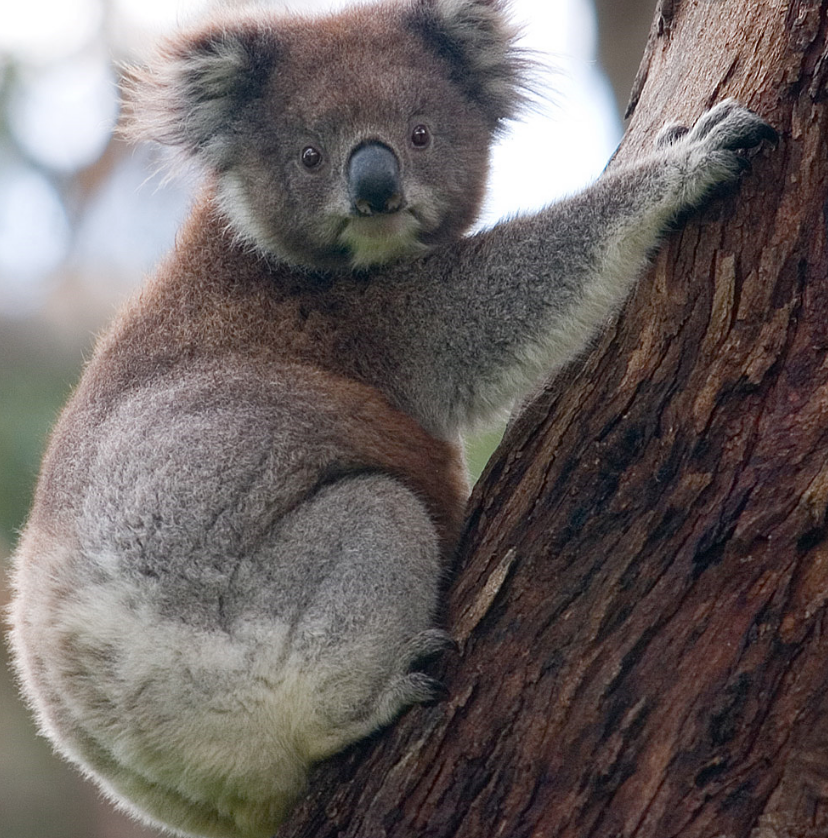
Wildfire causes chaos for wildlife in Australia, especially endangered koala bears.
Researchers Employ Array of AI Tech to Help Wildlife Globally, Including Koalas
As anyone who lives in the American West can attest, forest fires have worsened dramatically over the past two decades, likely due to climate change. Australia had horrific fires this year as well and the loss of wildlife has brought about some new approaches to saving wildlife.
A story on techrepublic.com highlights the efforts in Australia to use AI and drones to give the animals a helping hand. Researchers are also leveraging technologies to assist with wildlife and land conservation efforts around the globe, from tracking bears in western Canada with facial recognition capabilities and predicting U.S. wildfires with deep learning.
In Australia, a team at Queensland University of Technology (QUT), are taking a tech-savvy approach to koala detection and protection using artificial intelligence (AI), drones, thermal imaging, and machine learning (ML).
From the fur trade to habitat loss due to land development, koalas have faced myriad existential threats. In recent years, the effects of climate change have exacerbated the species’ vulnerabilities. An estimated 5,000 koalas died from brushfires that spread during 2019-2020, and, without proper protection, a New South Wales (NSW) Legislative Council determined that koalas could be extinct in the state by midcentury.
“Koalas [are] an iconic Australian animal. They don’t occur anywhere else in the world, and we need to understand how many of them are actually out there in the bush, but we don’t know, and that’s because they’re hard to find,” said Grant Hamilton, associate professor of ecology at QUT who also leads this research effort.
So how to find the koalas was the question. Fortunately, technology came up with tools to help solve this problem. Physically searching for koalas is ineffective and time-consuming and experts are only able only to spot about three out of four in an area.
To improve koala counts, Hamilton and his team are using drones, thermal cameras and AI. At first, Hamilton said that using a drone that flies overhead to detect an animal that lives high in a canopy seemed like a bit of a “no brainer,” but this tech-enhanced approach presented a number of challenges. To enable an algorithm to differentiate a thermal image of a koala from other objects requires a quality dataset of images, which didn’t exist.
“There’s a billion images of cats on the internet, so if you wanted to train a machine learning algorithm and find cats, you’d be fine. There are not many thermal images of koalas taken from a drone,” Hamilton said.
Since the team did not have such a stockpile of photos, it had to develop its own catalog of thermal koala images, Hamilton said. Then the team used fine-tuning to enhance the accuracy of the algorithms. The Aussie scientists merged the technology of drones, thermal imaging and algorithms to help guide photo scans of koalas.
“How do we know that our management actions are having any effect at all? Well, we have to be able to count [the koalas]. So, counting these threatened species is fundamental to making sure that we preserve them. Unless we can do it accurately though and efficiently, it’s not going to get done, and that’s the problem at the moment,” Hamilton said.
read more at techrepublic.com







Leave A Comment